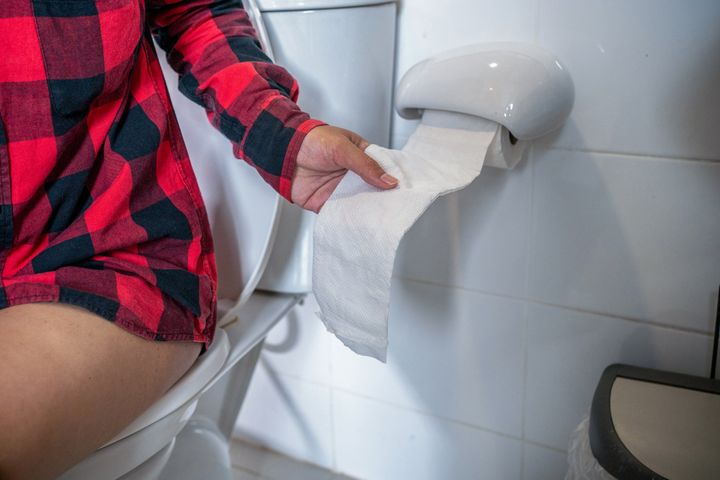
We’re all guilty of doing it now and then, but holding in your pee when you need to go is doing more than causing short-term discomfort, according to experts.
According to the Bladder & Bowel Community, the average person pees around 6-7 times a day but if you find for you that it’s less, or that you hold it in until the last minute, you may be putting yourself at risk of infection.
Dr Rebecca Smith, a family medicine specialist said, “Abnormally holding urine can cause an increase in bacterial load and increased incidence of urinary tract infections, or UTIs, for people of all ages.”
She added, “Most commonly, if someone isn’t able to urinate, the urine backs up and causes swelling of the kidneys and often infection. This can damage the kidneys, and the infection can spread to the bloodstream and become very serious if the urinary obstruction is not relieved.”
Yikes.
The risks of holding in pee
Additionally, according to the health experts at SciShow, constantly holding in your pee can weaken bladder muscles, leading to urinary retention which is a condition which prevents you from being able to fully empty your bladder, leaving you feeling like you need to pee very frequently.
Medical News Today also warns that holding in pee can lead to kidney stones, a condition so painful that the NHS listed it as one of the top 20 most painful conditions somebody can have.
How to make it to the bathroom in time to pee
Medical News Today advises taking the following steps if you need to pee but don’t have immediate access to a bathroom:
- Cross the legs while standing: This may compress the urethra and help avoid an emergency.
- Pass gas: A buildup of gas may be putting added pressure on the bladder.
- Pee right after waking up: People in a rush to leave the house may skip a trip to the bathroom, but it is important to start the day’s cycle of urination right.
- Plan for regular bathroom breaks: A person may want to try scheduling a bathroom break every 2–3 hours. Set an alarm and head to the bathroom, whether or not the bladder is sending a signal. This can help relieve pressure and avoid emergencies.
- Do not wait until it is an emergency: Regardless of deadlines or busy days, make a habit of heading to the bathroom the moment the urge to urinate hits.
Basically, don’t make a habit of holding it in.